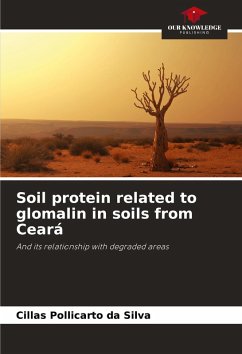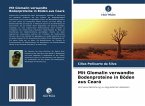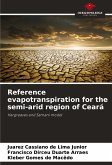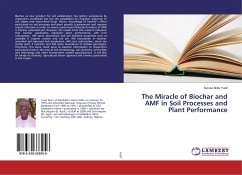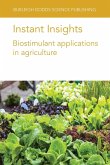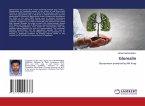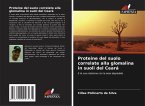Due to the systematic nature of anthropogenic activities, combined with natural actions, the problem of soil degradation has been increasing and causing a marked process of desertification, which results in loss of biodiversity, erosion and lack of soil fertility. In view of this, the use of tools that indicate the stages of this degradation and recovery is necessary in order to enable proper management of these areas. In this way, the study of arbuscular mycorrhizal fungi, as a way of facilitating the recovery of degraded areas, has been increasing, especially due to the production of the soil protein glomalin, which is of great importance for the stability of aggregates and has great potential for use as an indicator of soil quality. The aim of this study was therefore to evaluate glomalin-related soil protein concentrations in degraded and managed areas in the municipality of Irauçuba-CE.
Bitte wählen Sie Ihr Anliegen aus.
Rechnungen
Retourenschein anfordern
Bestellstatus
Storno

